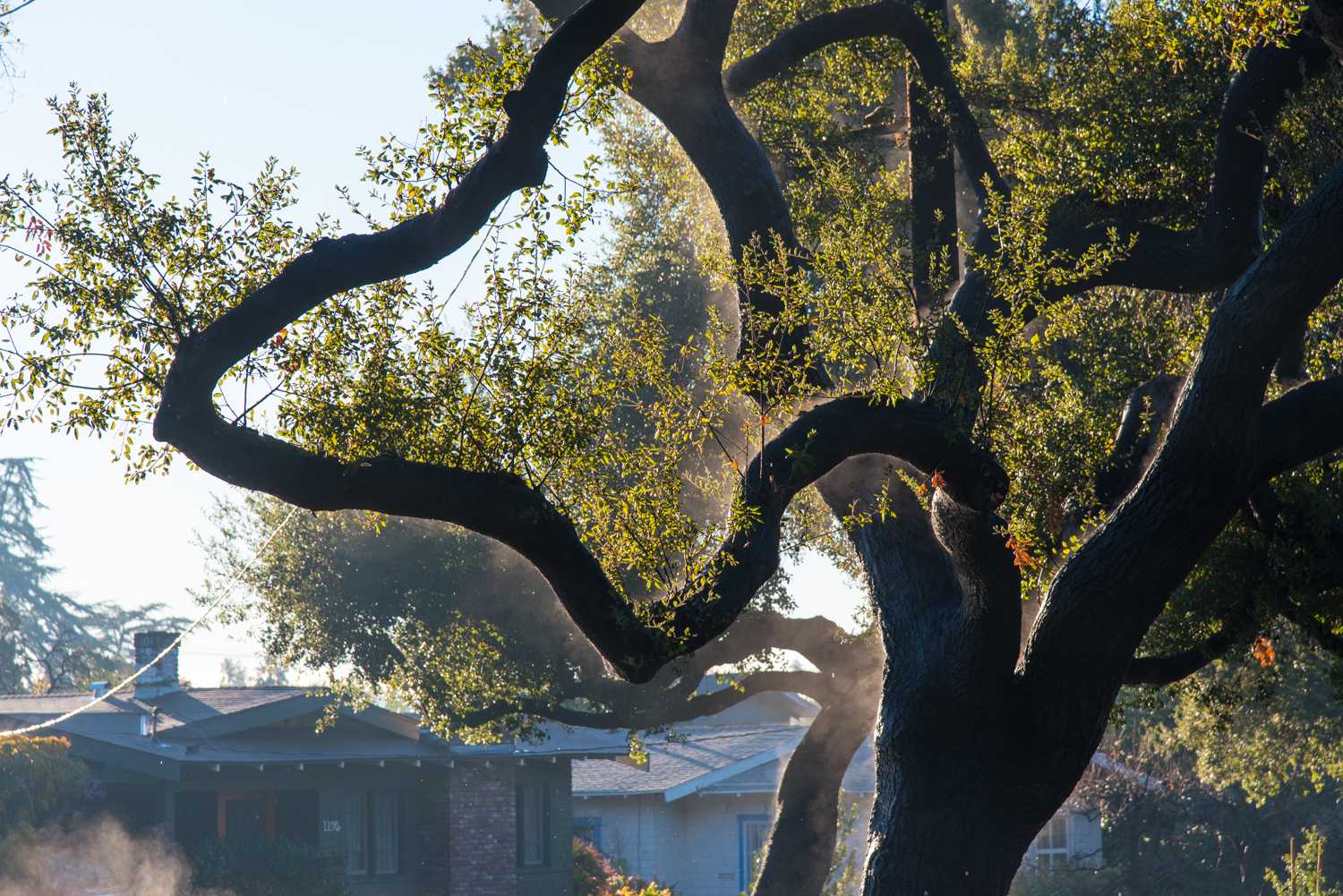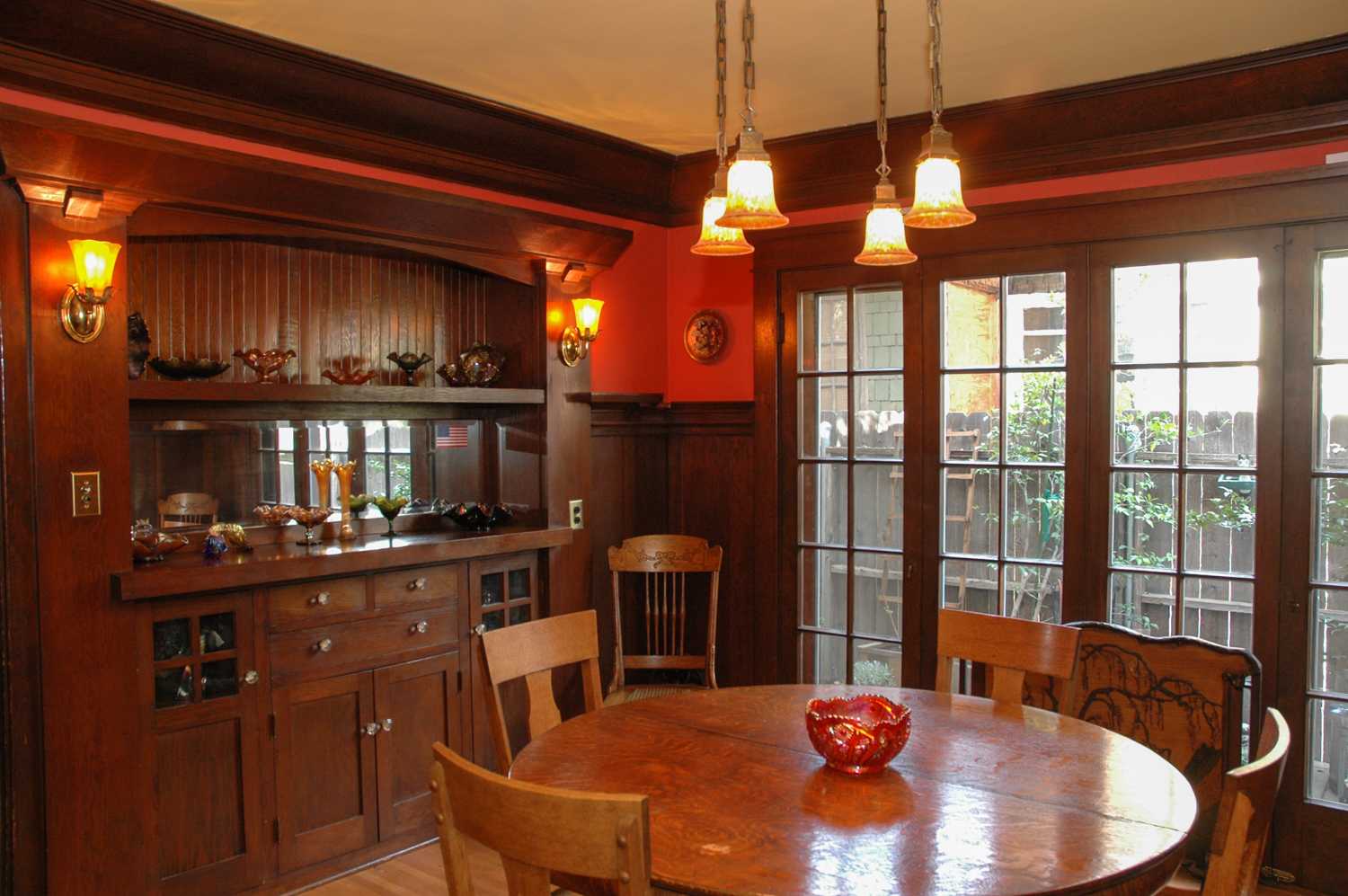
Early History of Pasadena
An Idyllic Valley
The original residents of this area now called Pasadena were the Hahamoga-na, a branch of the Tongva tribe who for 7,000 years lived on the lands now called California. Over those millennia more than 100 tribes developed elaborate trading patterns and effective use of water supplies in the 4,000 square miles they occupied from the coast line to the Verdugo and San Gabriel Mountains.
Located along the Arroyo Seco, the Hahamoga-na settlements created the oldest transportation routes along the Gabrielino Trail which runs along the river on the west side of the Rose Bowl, near today’s Jet Propulsion Laboratory and Devil’s Gate Dam. The tribe depended on native plant life—roots, seeds, flowers, fruit, yucca and acorns, and were part of a tribal trade network developed by several branches of the Ttongva who traded extensively with each other.
Their networks served the Spaniards, led by Gaspardo de Portala who arrived in 1769, and later by Junipero Serra who established the San Gabriel Mission in 1791. His goal was to convert the Ttongva to the Catholic tradition. Then following the Mexican Revolution in 1822, and the Secularization Act of 1833, the lands of the mission were opened to private settlement, and the San Gabriel Mission was renamed Rancho San Pascual. By 1840 land ownership and the profit motive underlying agricultural development replaced the religious conversion drive that motivated Junipero Serra.
Descendants of the Spaniards, identified as Californios, and other “would be oligarchs” purchased or took control of large land grants once held by the Mission. On these lands, titled ranchos, the Californios introduced farming and cattle grazing. This required a labor force and the Ttongva people, identified by the rancheros as gente sin razon (people without reason), became forced labor. This virtual enslavement of the Hahamoga-na and other Ttongva tribes drastically reduced their numbers and further devastated their culture.
Additional change for the Hahamoga-na, and other tribes of the Ttongva came in the 1840s and 1850s. Following the US/Mexico War of 1848, and the addition of California to the United States, large numbers of people migrated west. By various means, including crooked business practices and legal action, some were able to take control of the lands held by the rancheros. By the 1870s they controlled enough land and held enough power to take control of Rancho San Pascual which they then renamed Pasadena in 1874. By the 1880s these lands had become citrus groves, homesteads and farm land.
These developments were devastating for the Hahamoga-na and others in the Tongva tribe. Few survived these conquests by the Spaniards and the Americans. Nevertheless, the tribe’s knowledge of local resources were vital to the Spaniards and later the Americans as these settlers sought to find crops—citrus fruit, particularly oranges, and olives for their respective market economies.
Resource: “Pasadena Before the Roses” by Dr. Yvette J. Saavedra

An Agricultural Village Becomes a Resort
After enduring the particularly harsh mid-western winter of 1873-74, a group of people from Indiana formed the San Gabriel Orange Grove Association in 1874 and purchased land at the edge of the Arroyo Seco. Originally known as “The Indiana Colony” or “Muscat,” the village had a naming contest in 1875 and chose “Pasadena,” derived from the Chippewa for “Crown of the Valley.”
The Indiana settlers planted orange trees, deciduous fruits and grapes. Businesses began to form a town center around the intersection of Colorado Street and Fair Oaks Avenue. The town and the oranges grew, and in 1880 Pasadena held its first Citrus Fair, considered to be the first of its kind in the United States. The village incorporated in 1886, partly because of the desire to control the sales of liquor.
Beginning in the 1880s, Pasadena’s mild winter climate attracted health-seekers and winter vacationers. Resort hotels and sanitariums sprang up to accommodate them, and Pasadena became a famous winter resort for snow-weary Easterners and Midwesterners. Hotels such as the Raymond, Sierra Madre Villa, Green, Painter, Vista del Arroyo and Maryland catered to the wealthier winter migrants, while numerous smaller establishments accommodated middle class sun-seekers.

A City of Homes
As word of its hospitable climate spread, the city attracted more and more permanent residents, who came not just to vacation or recuperate, but to settle, work and raise families. The growing middle class fueled Pasadena’s expansion beyond its original extent (downtown or today’s Old Pasadena and south along the arroyo) into the orchards and ranch lands to the north and east. The strong growth continued until the start of the Great Depression.
The early growth of Pasadena was fueled primarily by Midwestern families with New England roots. Support for the Union side of the Civil War was strong, and members of the family of Abolitionist John Brown settled in the area and were held in high esteem. At the same time, Pasadena had a diverse population from its earliest days, with sizable communities of Hispanic, Black, and Asian people. Pasadena was essentially a stand-alone city, relatively independent of Los Angeles.
During the city’s “Golden Age” in the late 19th and early 20th centuries, Pasadena was an idyllic place to live for those in the mainstream, with high levels of economic prosperity, public safety, architectural quality, and access to the arts. Yet it should be remembered that, as in most of the United States in that era, people outside of the dominant population group had very limited opportunities to share these benefits.
Pasadena’s Golden Age coincided with the Progressive Era (late 1890s through about 1920) and the Jazz Age (1920-1929) in American history, both of which were times of political and social change. Naturally Pasadena was swept along in these changes. California was in the forefront of the Progressive Movement, with men voting to grant voting rights to women in 1911.
Despite gaining the vote in 1911, women’s opportunities were limited here during the early 20th Century by social expectations and the glass ceiling. However, women in California could and did own property and make contracts, and women’s property rights were helped by the fact that California had been a community property state since entering the union in 1850.
Read more: “Inventing the Dream” by Kevin Starr and “Southern California: An Island on the Land” by Carey McWilliams
The Challenges of the 1930s and Beyond
The Great Depression that began in 1929 spelled the end of the resort hotel era and brought economic hardship to the area. Increased immigration to California beginning in the Depression resulted in greater diversity in Pasadena. World War II revived the local economy and began a shift toward being a bedroom suburb of Los Angeles.
Although racial and ethnic segregation and unequal treatment were not imposed by law, de facto segregation was controlled by restrictive deed covenants across most of the city, with the exception of the northwest quadrant. These racial covenants were declared unconstitutional by the US Supreme Court in 1948, and slowly housing segregation began to erode.
Neighborhood desegregation was slowed by unfair practices in the lending industry that made mortgages difficult to get for non-whites. Geographic segregation went hand-in-hand with de facto segregation in schools. A 1970 US Supreme Court decision mandated school integration by busing in Pasadena schools.
A newer problem arose with the rapid population growth of Southern California after World War II: air pollution, or smog. Topographic conditions trapped heavy smog throughout the region, but the foothill communities (including Pasadena) became particularly notorious for unhealthful and unpleasant air. Regional air quality regulation began in 1947, and after 1970 smog levels began a steady decline, greatly improving the livability of Pasadena.
Today Pasadena is a diverse, thriving city that continues to work toward equal treatment and a good life for all its citizens.
For more information Redlining in Los Angeles and America, visit Mapping Inequality
Bungalow Heaven
The neighborhood now known as Bungalow Heaven was largely subdivided during the boom of the 1880s but remained mostly agricultural until the early 20th Century. The neighborhood began to take shape during a boom that saw Pasadena’s population more than quadruple between 1900 and 1920 (from 10,000 to 45,000). Trolley lines soon ran up Lake Avenue into the foothills and eastward along Orange Grove Boulevard. The land that would form the neighborhood was annexed to the city in 1906, bringing utilities and infrastructure to support development.
Bungalow Heaven’s first big wave of homebuilding took place between 1906 and 1918, the era that was dominated by the Arts and Crafts Movement in esthetics. The neighborhood was the home of a wide cross section of whites in the trades, business, and the professions. A little over half of the neighborhood’s lots were occupied by 1918.
The Jazz Age was starting when homebuilding resumed after a pause during World War I. Economic prosperity drove another wave of development, filling in another third or so of the properties. The composition of the neighborhood’s population remained almost all white, similar to the previous period.
The Depression caused growth to stop, and many houses were foreclosed upon and became bank properties. As the economy improved just before World War II, a last phase of building began to fill up the remaining lots with the same kind of austere, economical houses that were built in the post-war housing boom throughout the region. This last phase went along at a constant but low level until about 1956, when the neighborhood as we now know it was physically in place.
By the 1960s, the neighborhood was old but not considered historic. Absentee landlords neglected many properties. Real estate prices did not rise as rapidly, making the area more affordable and initiating a change to a much more diverse population. In the 1980s, the historic character of the neighborhood was recognized, and properties began to be more lovingly maintained.
Bungalow Heaven today is cherished family neighborhood with a diverse population and a pride in being beautiful and inclusive.